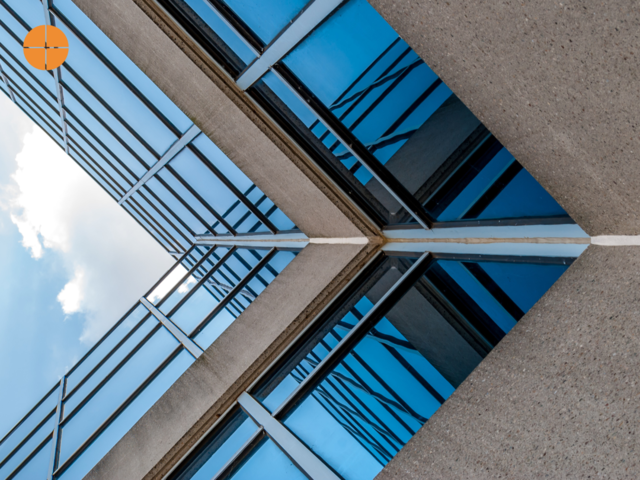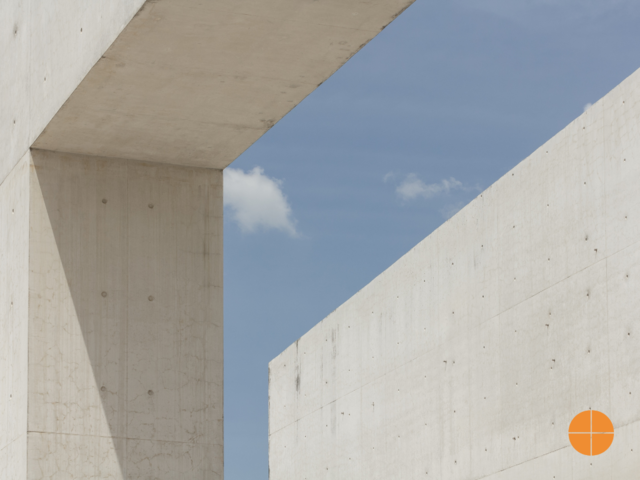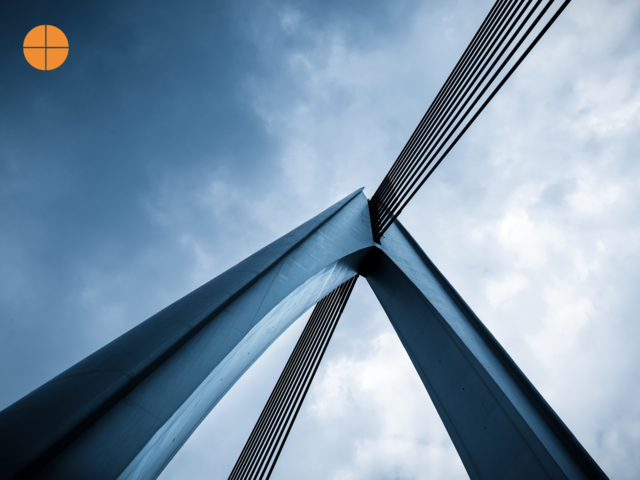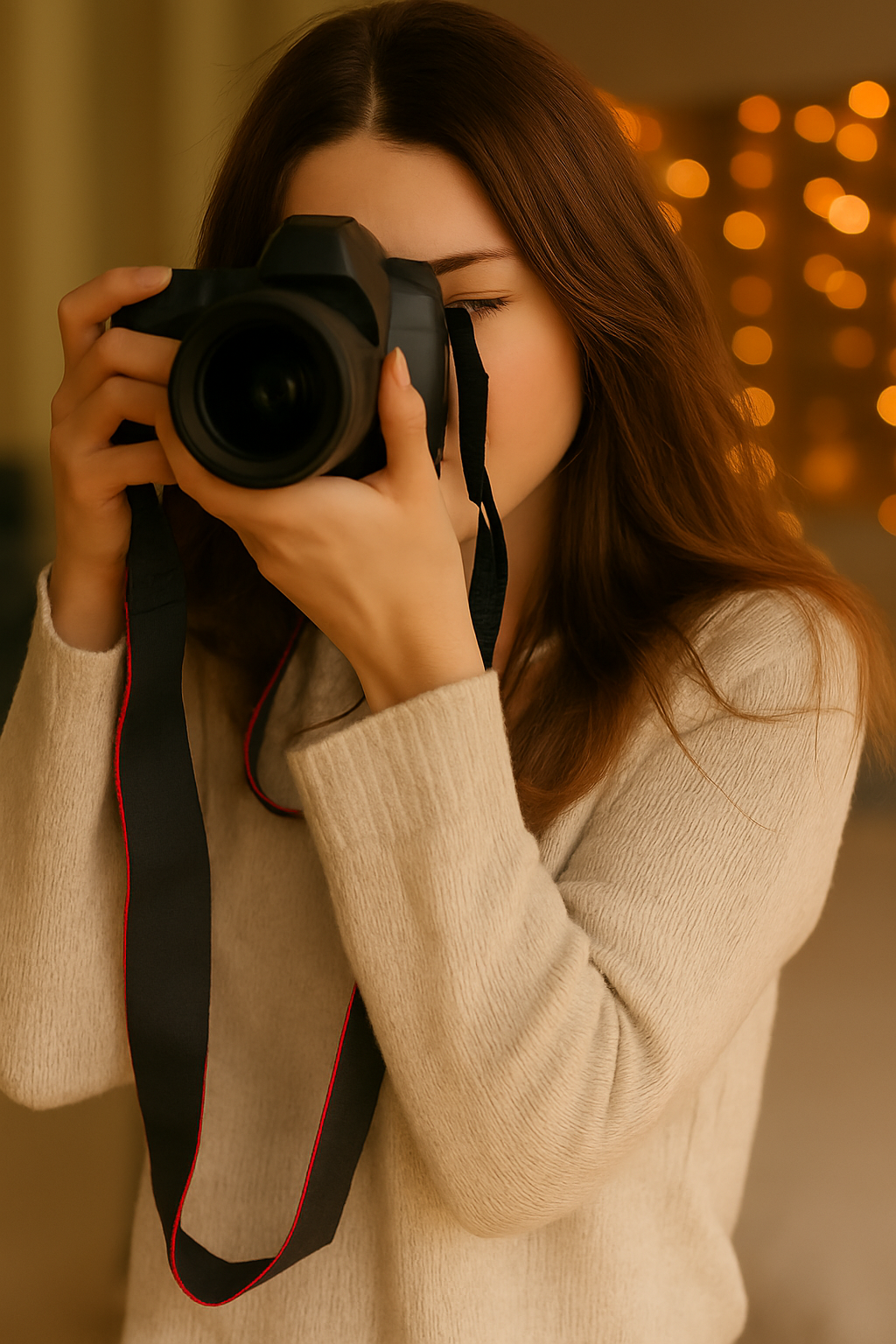To capture the might and power of a beautiful piece of architecture, simply pointing a camera and shooting is almost an insult to the building itself. As we crane our neck and peer at the lofty towers of a skyscraper or we hush beneath the arching cage of the interior of a cathedral, we are sometimes overcome with awe at the very space it occupies. It is our presence that gives the structure its perspective and our point of view that will allow us to feel the magnificent presence of a great building.

The camera is a tool that can capture the visual spectacle but, in order to recreate that feeling of awe and wonder, it must be elevated to an artist's tool. In order to get that great architectural shot, your camera will need a little imagination, and a particular set of skills.
What is the definition of architectural photography?
An architectural photographer must try to think like the architect. Every building has walls and all walls have ears, and they have eyes. There is life in the cement and stone and a photographer must think of it as a living thing, an entity that needs to be loved. A photographer may want to focus on the most beautiful and impressive parts of a structure but they must also think about how it will be presented. Many modern buildings are a marvel in architecture and technology and ancient buildings are an historical monument to past achievements.
It is these things that should be inside the lens as a photographer pulls focus and finds the true spirit of the building.
Architectural Photography Essentials
So, what tools does an architectural photographer need to have in their arsenal?
As applies to all photography, lighting is key and when shooting a static object like an architectural structure, the only thing you can try to control is the light. Ansel Adams was the master of dramatic black & white shadows along the sharp lines of New York City streets and skylines. This reflected the great drama of the bustling city while adding an air of mystique.
Shooting large historic structures may work better with the warm glow of a sunset or sunrise and perhaps a looming church steeple may work best under the cold light of the full moon.
A photographer must think about how the architecture feels and choose accordingly.
With light comes composition. Think about the surrounding area and any other elements that could enhance the aesthetic of the structure. Birds flying above the colosseum allows the viewer to appreciate its enormous size for example. Always experiment with angels and perspective. Be creative with it and play around with the symmetry and the intentions of the architect. Lay on the ground, climb up a ladder, there are endless angles from which a photographer can shoot a single wall. But don’t forget about the details. Sometimes it is the tiny little moments inside a building that can reveal fascinating design leanings of the architect.

Tips for Aspiring Architectural Photographers
Take time to Examine the Structure. Do not rush into it. Walk around the space and sit with it at different times of the day in different light. Watch the people who come and go and touch the walls. Learn about the architect and the structure and understand it. Feel the pulse of the structure.
But first, become familiar with any Rules & Regulations of taking photographs in the area. Many structures, particularly historic ones, have photographic restrictions. Before shooting, always double-check and secure all relevant permissions.
A tripod is a great tool for still clean images, especially in low-light situations.
A wide-angle lens works well for architectural photography. It can be a good way to capture a large space and maintain the feeling of vastness. They also instil a depth of field which can create beautifully atmospheric images.
When you arrive at the post-production stage of your architectural shoot, remember to remain respectful of the integrity of the structure you photographed. Use software to improve exposure or enhance colour but avoid over processing or sanitising a space. You may be creating your own art but you are using another artist's canvas.
Philosophical Undercurrents
A building or structure is more than the sum of its parts and their presence in society plays a role in the cultural and personal lives of the people who surround it. The beauty of a piece of architecture goes beyond aesthetics and beyond bricks and mortar. It is a piece of history, a concept, it is art and often, it represents the many stories that brought it into being and keep it standing today. A photographer will tell a story with their lens but an architectural photographer is also borrowing the stories of everyone who has ever laid eyes on the structure they shoot.

Ezra Stoller’s book, “Buildings and Projects" states:
"A building has at least two lives - the one imagined by its maker and the life it lives afterward - and they are never the same. The architect's vision is a perfect and static thing, but the reality of a building is always changing. It is used and abused, loved and hated, and it weathers the elements. It is a living thing, and it has a life of its own."
Whether you’re a fan of architecture or you're a novice or a seasoned photographer, we offer a range of courses in photography that promise to inspire, nurture, and cultivate your inner photographer. To master the art and techniques of photography and to become a professional photographer, enrol now. For detailed course modules, and enrollment information, explore our courses.

